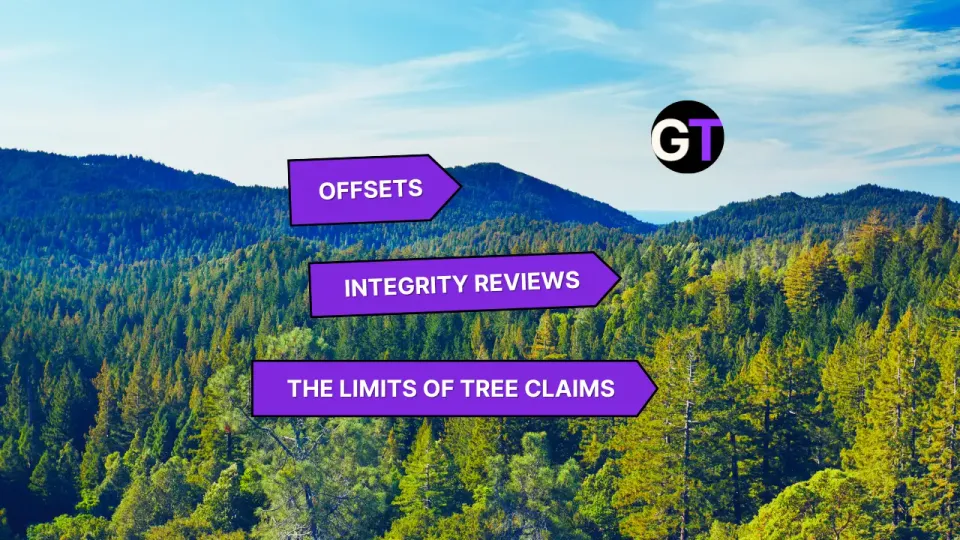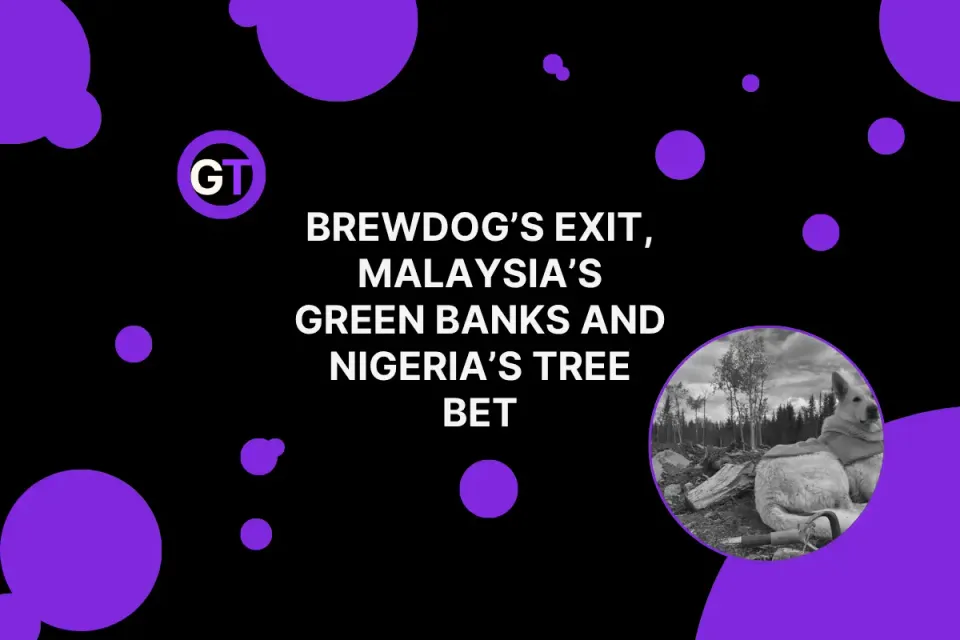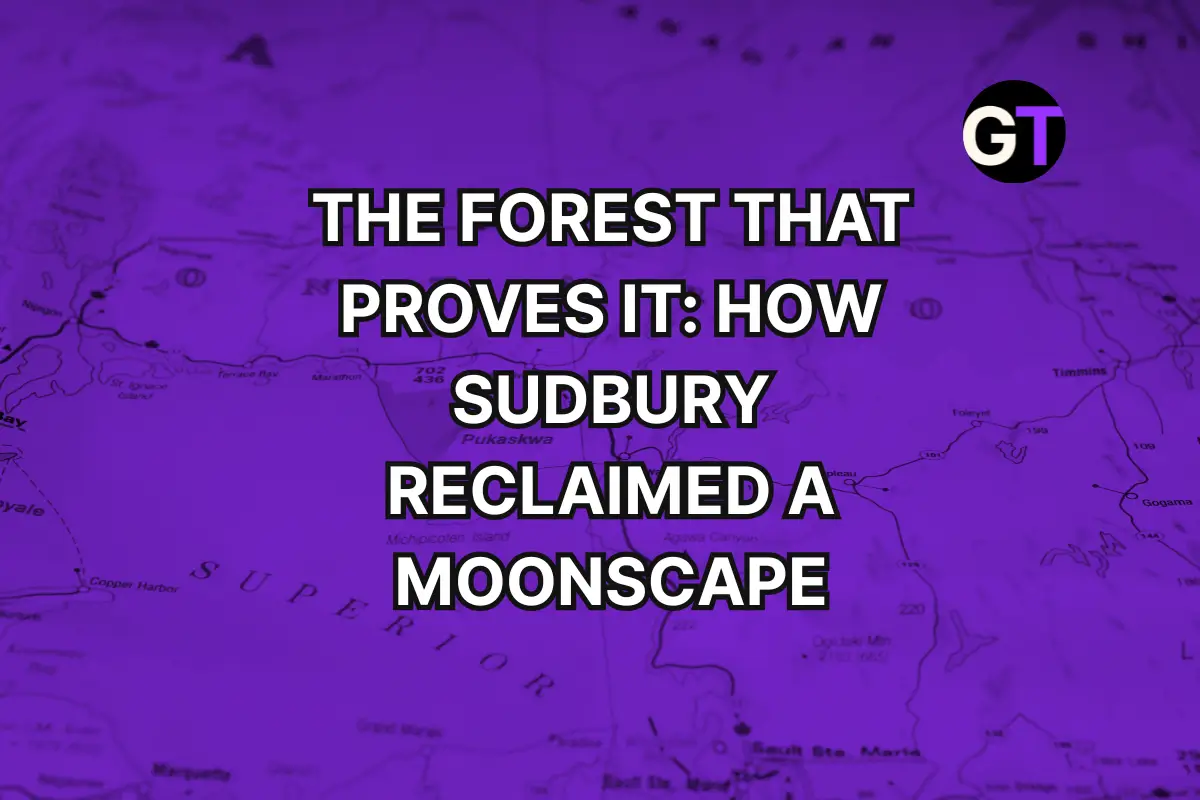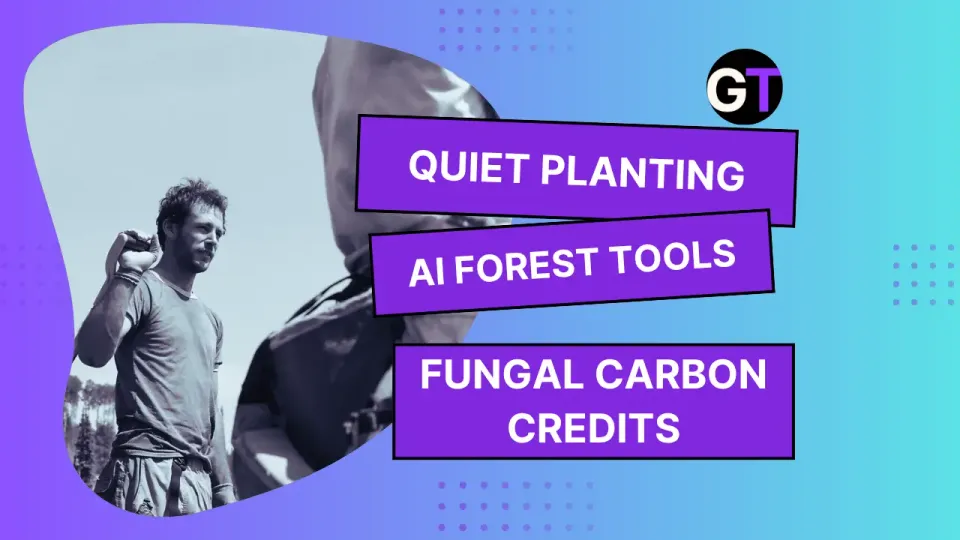Weekly Forest News, May 2
Forests, offsets, wetlands & carbon sinks: this week’s global reforestation roundup is one for the climate books.

GRO Foundation Teams Up to Restore Uganda’s Mpanga Forest
The GRO Foundation has launched a reforestation drive in Uganda’s Mpanga Forest Reserve, partnering with the National Forestry Authority and the Inter-Religious Council of Uganda. The trio plans to plant 5 million trees this year, aiming for 250 million across East Africa by 2040—blending climate goals with clean water access, sustainable farming, and carbon market inclusion.
💬 Will this be a grassroots reforestation win—or just another carbon play in green robes?
👉👉 Read more in The Globe and Mail
Who’s Really Using Those Carbon Offsets? OffsetsDB Gets a Transparency Upgrade
CarbonPlan just beefed up OffsetsDB with long-overdue clarity: you can now track who’s retiring offset credits and what types of projects they come from. With over half of voluntary market retirements previously shrouded in anonymity and registry inconsistencies making data a maze, this update is a big leap toward transparency. The new schema standardizes user identities and categorizes over 10,000 projects by specific type (think reforestation vs. forest management).
💬 Will these upgrades finally help us hold companies accountable for their “net zero” claims—or just clean up the data dust?
👉👉 Read more from Carbon Plan
Globe Backs 5M-Tree Reforestation Drive in the Philippines
Telecom giant Globe is going beyond Earth Hour and into the forest, joining the DENR’s Forests for Life campaign to plant 5 million trees by 2028. The initiative targets reforestation in six provinces and blends corporate climate action with boots-on-the-ground engagement—EV shuttles and LED swaps meet saplings and sustainability.
💬 Can big brands be real climate allies, or is this just carbon offset theater with better lighting?
👉👉 Read more in Philstar
Mapping Europe’s Wetlands, One Plant at a Time
A team of ecologists just dropped a continent-wide plant prediction machine—aka species distribution models—for 265 wetland species across Europe. Spoiler: mosses were the overachievers. Using climate and soil data, the study helps pinpoint where these plants can thrive now and in a shifting climate future.
💬 So the big question: Can models that miss the water still help us save the wetlands?
👉👉 Read more in Ecology and Evolution
Hunger vs. the Hillside: North Koreans Uproot Reforestation for Food
In Ryanggang province, North Korea’s Arbor Day tree-planting push is getting plowed under—literally. Residents, driven by food insecurity, are clearing newly planted saplings to grow corn and other crops. Despite the regime’s reforestation orders and forest protection officers on patrol, survival trumps policy when the pantry’s bare.
With less than 10% of trees surviving post-planting due to poor care and lack of follow-through, even the forest guards have reportedly thrown in the towel—choosing hunger solidarity over enforcement.
💬 Can a country plant trees on an empty stomach? Or is this just another green mandate lost to brown realities?
👉👉 Read more in Daily NK
Biomas Plants Seeds of Change in Brazil’s Atlantic Rainforest
Brazilian reforestation startup Biomas is making waves with its inaugural project: restoring 1,200 hectares of the Atlantic rainforest in Bahia. Backed by Vale, Marfrig, Suzano, Santander Brasil, Itaú, and Rabobank, the $9.7 million Mucununga Project will plant over 2 million native trees and generate 500,000 carbon credits over 40 years.
The project fuses biodiversity restoration with social equity, engaging local communities from day one. It’s part of Biomas’ bigger vision to rehabilitate millions of hectares across Brazil—because climate action doesn’t have to come at the cost of local livelihoods.
💬 But with carbon credits on the line, is this reforestation renaissance a green revolution—or just carbon finance in a leafy disguise?
👉👉 Read more in ESG News
Amazon Carbon Ledger: The Case for Protected Forests
New satellite data from MAAP reveals that Amazonian protected areas and Indigenous territories—covering just under half the biome—held 60% of its aboveground carbon in 2022, totaling 34.1 billion metric tons. Over the past decade, these regions acted as a net carbon sink, gaining 257 million metric tons, while unprotected zones flipped to a carbon source, losing 255 million tons.
The kicker? These high-carbon zones are rarely rewarded by climate finance unless threatened by deforestation.
💬 If the Amazon’s best carbon banks are already working, why aren’t they being paid to stay open?
👉👉 Read more at MAAP
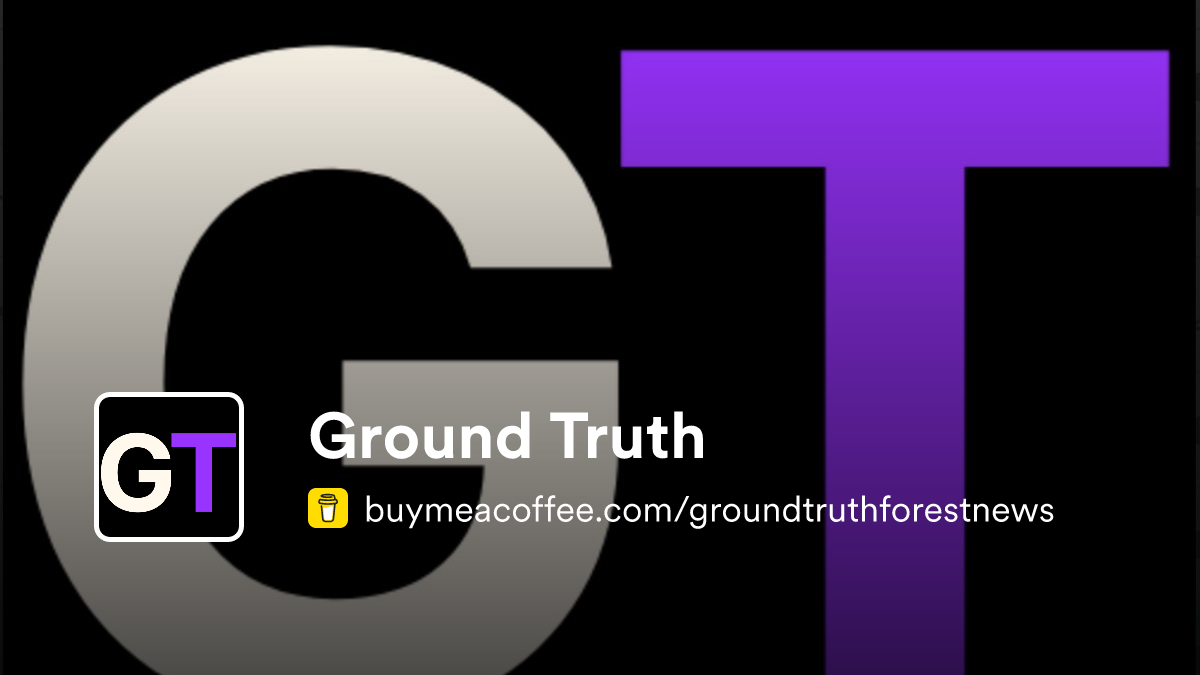
Edited by Chris Harris

This work is licensed under a
Creative Commons Attribution 4.0 International License.


